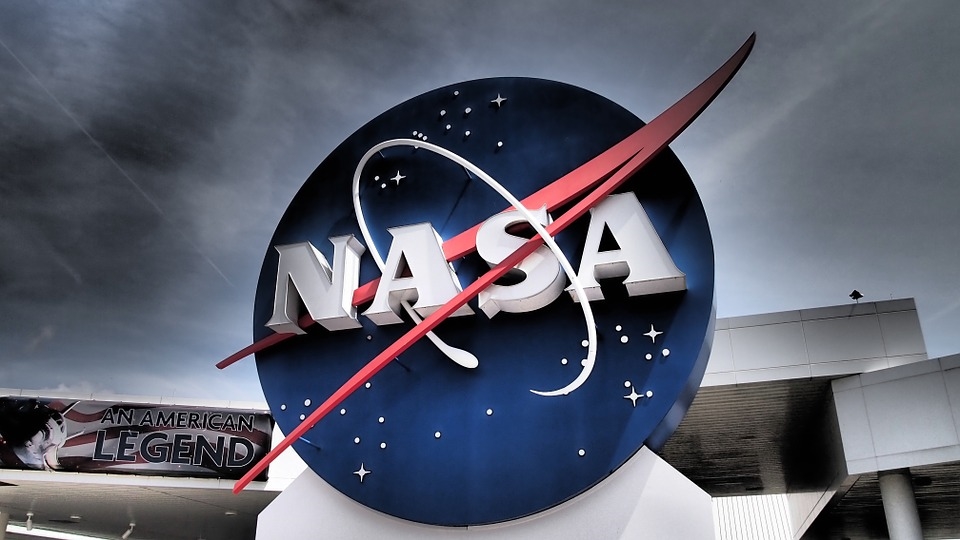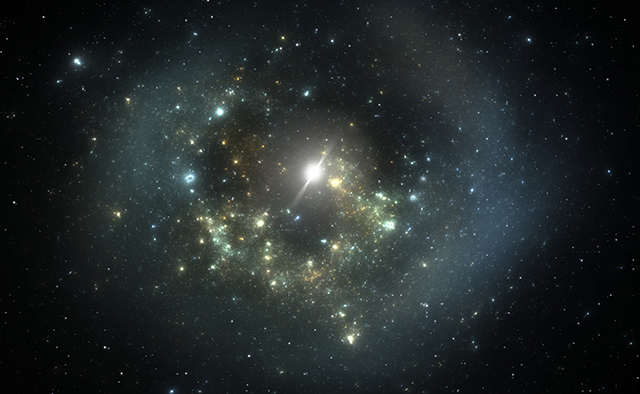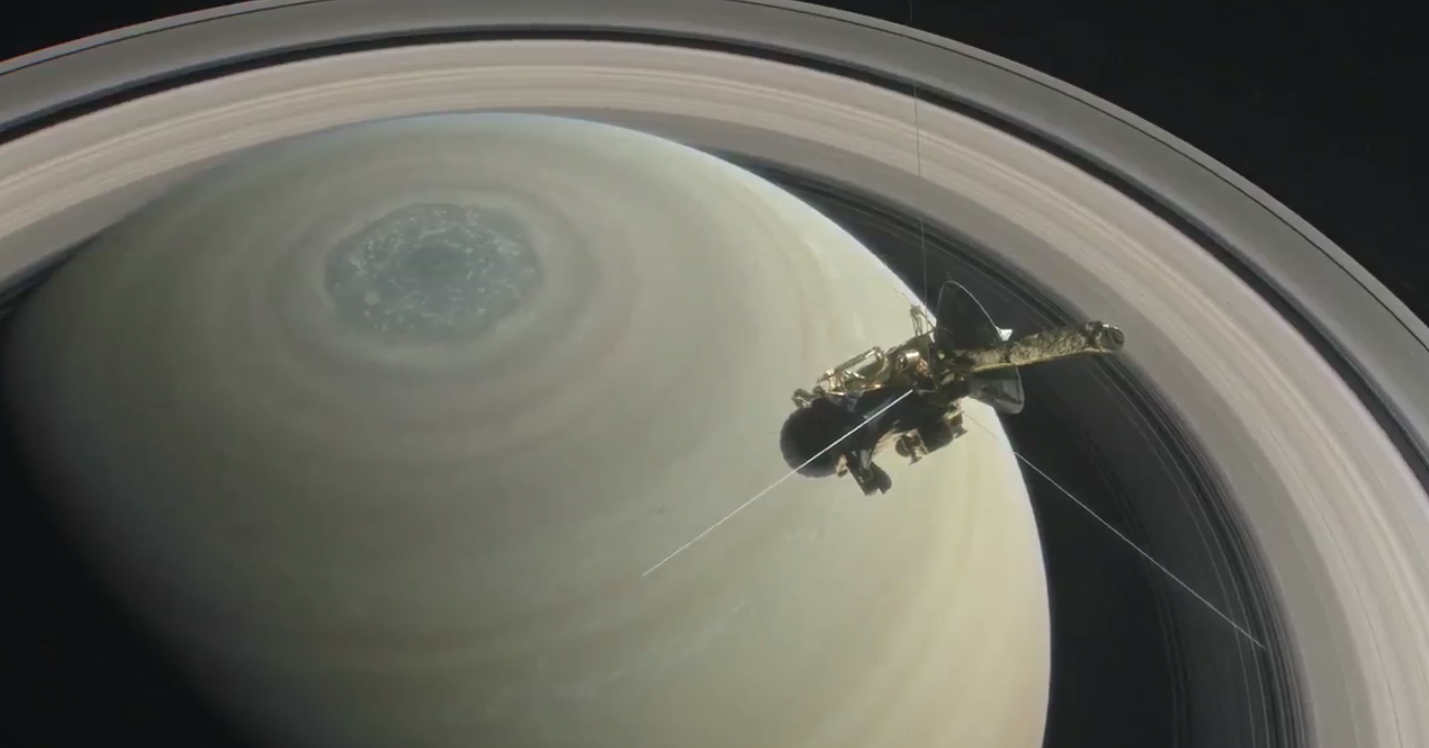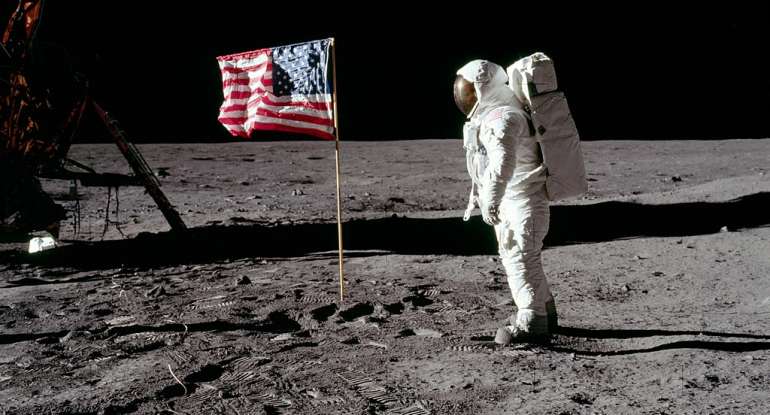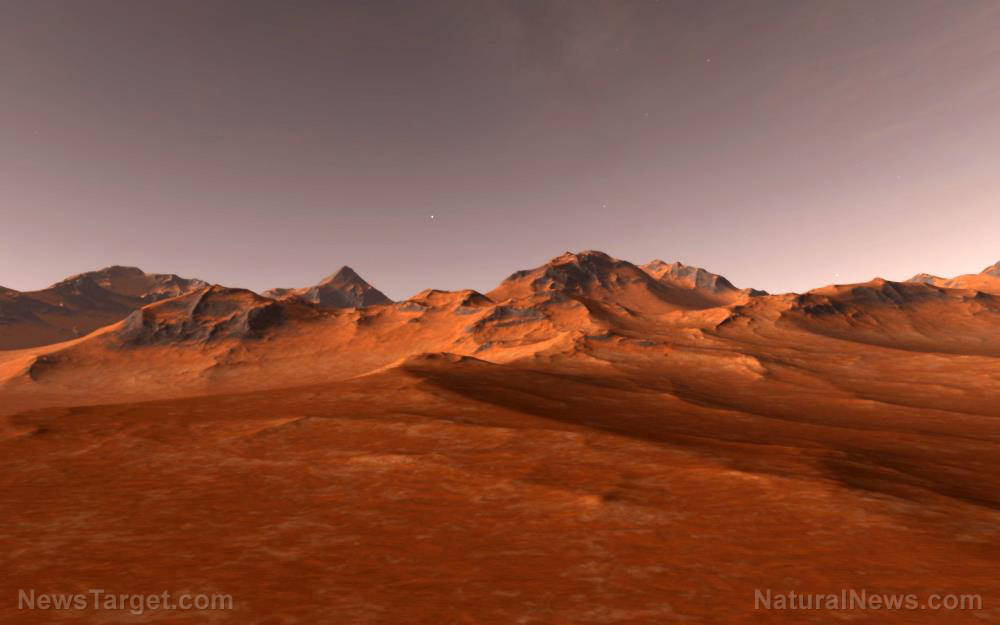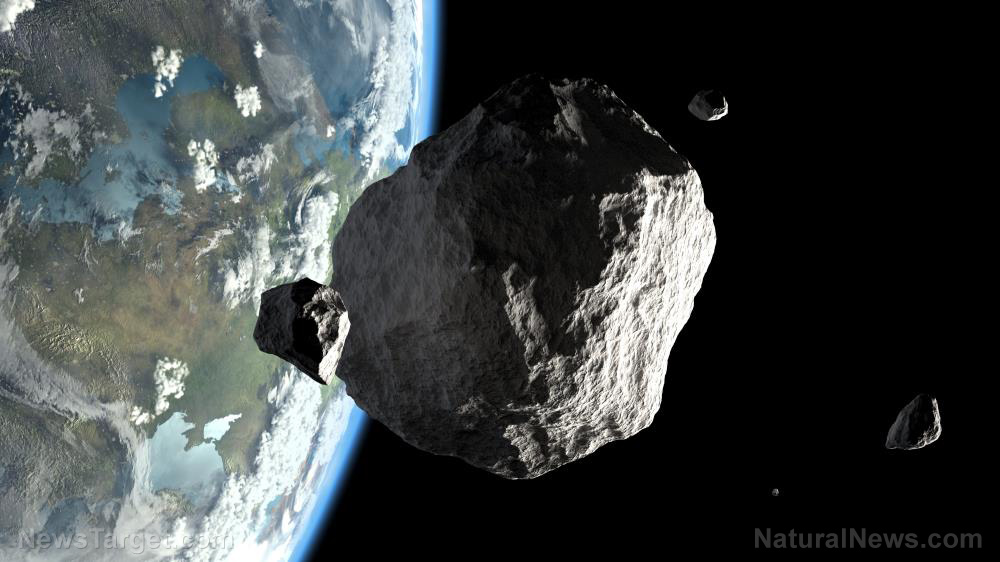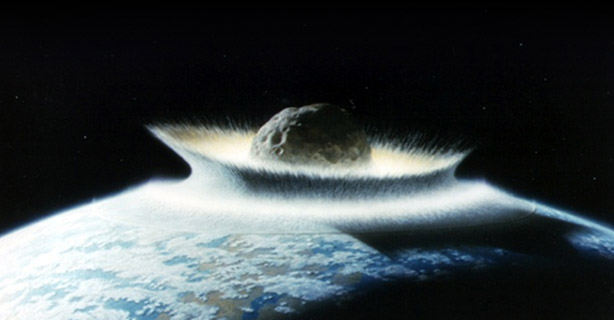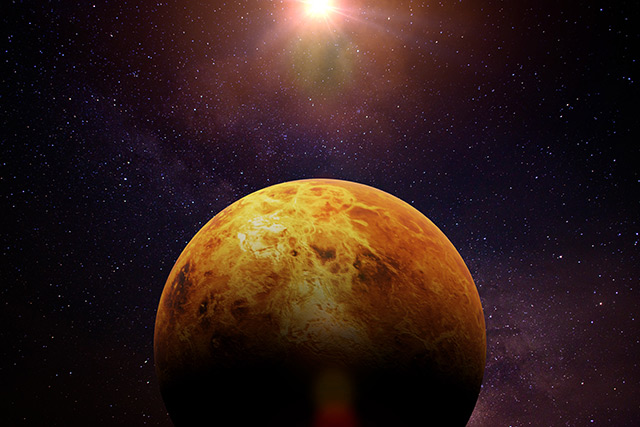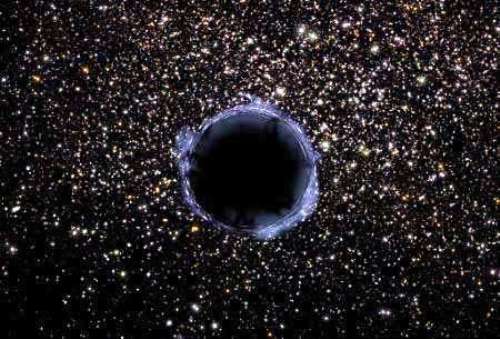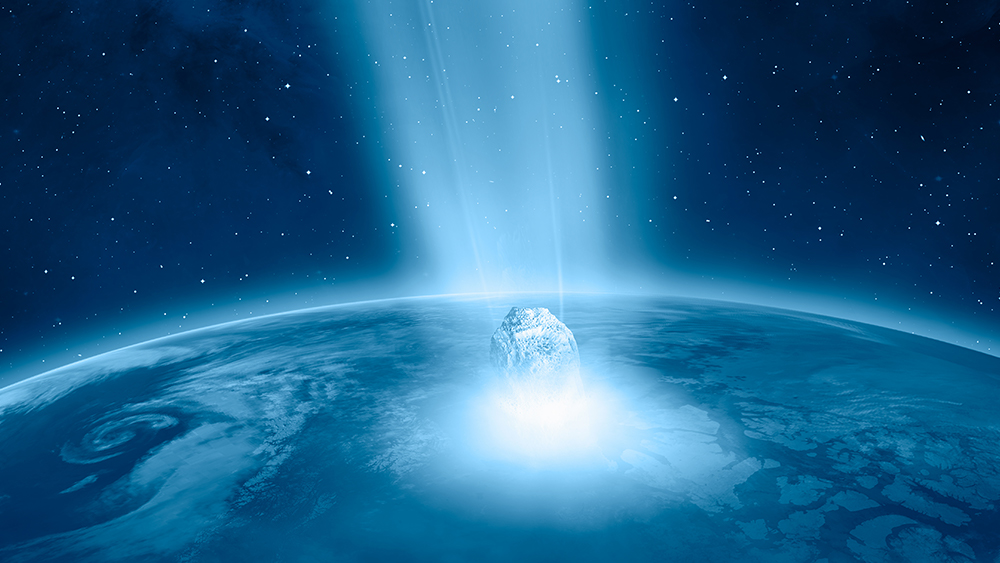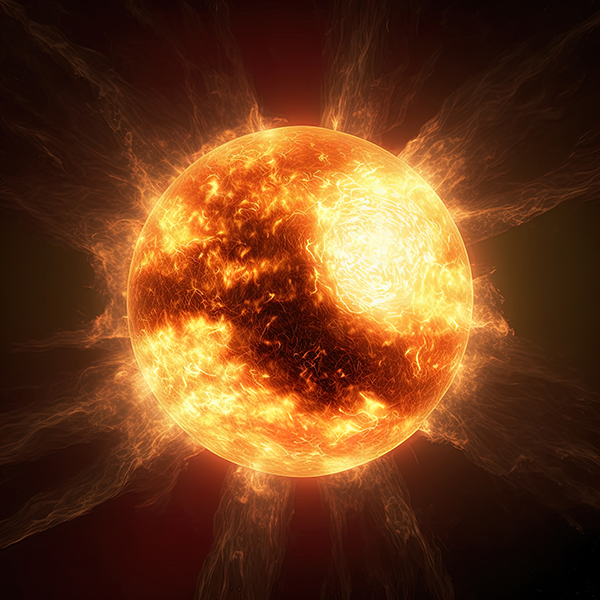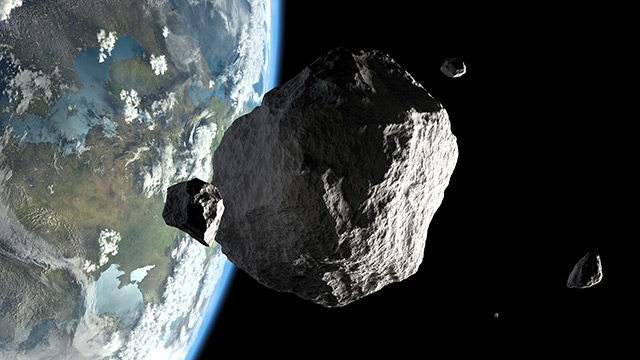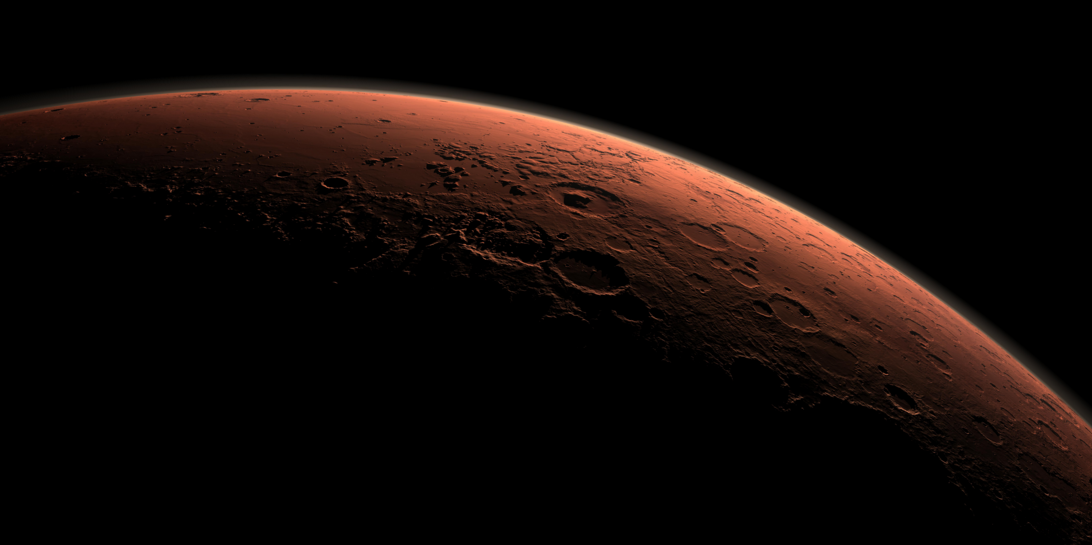Earth’s magnetic field experiences solar-style “switchback” for the first time
10/09/2025 / By Willow Tohi

- NASA’s Magnetospheric Multiscale mission detected a magnetic “switchback” near Earth, a phenomenon previously observed only near the Sun.
- The zigzag reversal in Earth’s magnetic field resulted from solar wind plasma interacting with Earth’s magnetosphere via magnetic reconnection.
- The discovery suggests switchbacks may be a universal feature in planetary magnetic environments, not just stellar ones.
- Understanding these events improves space weather forecasting, critical for protecting satellites and power grids.
- The findings bridge solar and planetary physics, offering a safer way to study processes that heat the Sun’s corona.
For the first time, scientists have detected a solar-style magnetic “switchback” in Earth’s near-space environment—a discovery that reshapes our understanding of planetary magnetic fields and their interactions with the Sun. NASA’s Magnetospheric Multiscale (MMS) mission captured this event, revealing a sudden twist and rebound in Earth’s magnetosphere that mirrors the behavior of the Sun’s outer atmosphere. The findings, published in the Journal of Geophysical Research: Space Physics, suggest that magnetic switchbacks—previously thought to be unique to the Sun—may occur wherever magnetic fields and plasma collide, from planets to distant stars.
The anatomy of a magnetic switchback
Switchbacks are sharp reversals in magnetic field direction, forming zigzag kinks when magnetic field lines break and reconnect in new configurations. Near the Sun, NASA’s Parker Solar Probe has observed these structures as explosive releases of energy. Now, researchers Andrew McDougall and Matthew Argall have identified a similar event in Earth’s magnetosheath—the turbulent outer layer of our planet’s magnetic shield.
The MMS spacecraft detected plasma from both the solar wind and Earth’s magnetosphere twisting together before snapping back into place, leaving a distinct kink. High-energy electrons traced back to Earth’s southern magnetic footprint confirmed that the event involved interchange reconnection—a process where solar and planetary magnetic fields intertwine.
Why this matters for space weather
Magnetic reconnection at Earth’s magnetopause is a key driver of geomagnetic storms, which can disrupt satellites, radio communications and power grids. The discovery of switchbacks near Earth suggests a previously unrecognized mechanism for solar material to breach our magnetic defenses. Small, transient reconnection events like this could inject bursts of energy into the magnetosphere, influencing auroras and atmospheric dynamics.
Understanding these processes enhances space weather forecasting, a critical need as society grows more reliant on vulnerable orbital infrastructure. Moreover, studying switchbacks near Earth provides a safer way to investigate phenomena that heat the Sun’s corona to extreme temperatures—without sending probes into the solar inferno.
A universal magnetic phenomenon?
Magnetic reconnection isn’t confined to the Sun or Earth—it occurs wherever plasma and magnetic fields interact, from Jupiter’s magnetosphere to distant galaxies. The detection of a planetary switchback implies these structures could be common across the cosmos. Future missions, like ESA’s JUICE and NASA’s Europa Clipper, may uncover similar events around gas giants, further testing the universality of these magnetic kinks.
Bridging solar and planetary science
This discovery closes a long-standing gap between solar and magnetospheric physics. For decades, scientists theorized that interchange reconnection—responsible for solar switchbacks—might also occur at planetary boundaries. The MMS data now confirm this, revealing Earth’s magnetosphere as a dynamic system capable of generating its own solar-style twists.
With Parker Solar Probe and Solar Orbiter examining the Sun’s magnetic behavior, and MMS scrutinizing Earth’s near-space environment, researchers can now compare these phenomena across vastly different scales. The findings pave the way for deeper insights into cosmic magnetic processes, from solar flares to black hole jets.
A new frontier in space physics
The detection of a magnetic switchback near Earth marks a milestone in heliophysics, proving that the same explosive reconnection processes shaping the Sun’s atmosphere also sculpt planetary magnetic fields. By quantifying the event’s rotation (with a z-parameter exceeding 0.5) and guide-field strength (1.2 times the background field), the study offers the first concrete evidence that solar and terrestrial magnetic behaviors share fundamental physics.
As space agencies prepare for more ambitious missions, Earth’s magnetosphere stands revealed as a natural laboratory—one where we can decode the Sun’s secrets without braving its scorching corona. The discovery not only advances space weather prediction but also underscores the interconnectedness of cosmic magnetic systems, from our backyard to the farthest reaches of the universe.
Sources for this article include:
Submit a correction >>
Tagged Under:
breakthrough, cools science, cosmos, discovery, magnetic field, magnetosphere, NASA, planetary physics, power grid, real investigations, research, solar flares, solar weather, Space, space weather, sun, switchback, weird science
This article may contain statements that reflect the opinion of the author
RECENT NEWS & ARTICLES
Cosmic.News is a fact-based public education website published by Cosmic News Features, LLC.
All content copyright © 2018 by Cosmic News Features, LLC.
Contact Us with Tips or Corrections
All trademarks, registered trademarks and servicemarks mentioned on this site are the property of their respective owners.

